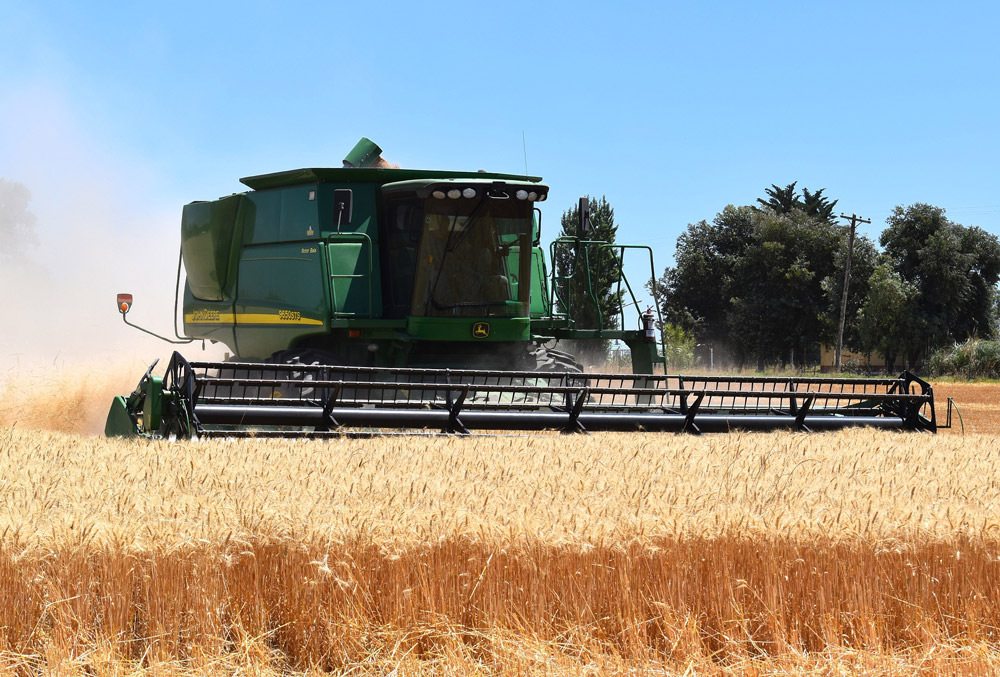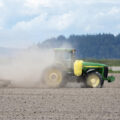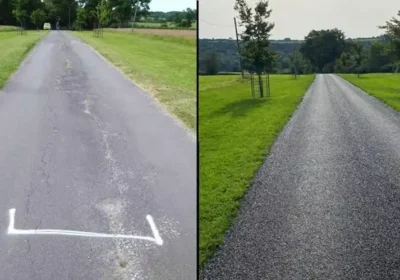By A J Selby
Countryfolk can always tell you the seasons from the smell, the atmosphere, the temperature and a ‘feel’ for the time of year. Most could wake from a coma and, blindfolded, tell you the season. It’s that innate closeness with the natural world that puts him or her in touch with the changing months. And so we have passed the tipping point of mid-summer and we are in the lull that, on hot still days, makes us feel listless and tired. It shows itself in the flora and fauna around us as plants bow to the midday heat, their earlier vibrant green no longer apparent.
The grass has almost stopped growing in all but the wettest of places and the trees too hang as though preparing for the final rush towards autumn. Birdsong, which just a month ago was full and joyous, is now muted and sporadic – it’s as though they just can’t be bothered anymore. Only lone males who failed to find a mate are singing – other males are feeding broods. And into these quiet and melancholy days comes a familiar sound – the combine harvester, about to turn fields of burnished corn into bare stubble and fill the barns with plump kernels of wheat, oats and barley.
Back in my late teens when the world was a different place, I used to drive the smaller of the two combines on a local farm, an old Massey Ferguson with a ten-foot header and no cab. It was used for the smaller fields that the big Claas couldn’t get into and I loved being in control of this machine – my friends had their souped-up Ford Escorts and Capris but I sat high and proud on the combine.
Shark’s teeth
Talking in the village local to the old boys after combining, I was regaled with tales of horse-drawn binders and their wives helping to bundle up the sheaves of unthreshed corn into stooks. They are all passed now and it’s my generation who look back and tell our own tales while today’s young farmers plant and harvest their fields with high-spec engineering and satellite navigation in their air-conditioned cabs. What will harvest be like in the second half of this century?
The first pass was around the outside of the field – the headland – to enable the driver to turn at the row ends. The knives, like shark’s teeth, would first cut the stalk low to the ground and as the corn landed on the ‘table’ – the bottom part of the ‘header’ – the reel would comb it into the guts of the machine. Drums inside would ‘thresh’ the grain from the stalks and the oscillating sieves would ensure the corn went into a holding tank and the straw evacuated out the back. Once the tank was nearly full, the big augur would swing out and empty the contents into a waiting trailer. In large fields the augur can run all the time with the tractor driving alongside the combine – we couldn’t do that very efficiently in the small fields as it meant stopping and turning at the end of each short row.
The driver needs a lot of skill to firstly drive in a straight line and run tight to the edge of the standing corn, and then watch the elevation of the ground in case the header needs raising or lowering – rough ground/large stones. Then, should he encounter some corn that has become flattened – ‘lodged’ – he will need to slow down and use his skill with the reel to comb up the stalks before cutting them. He needs to ensure that he isn’t going too fast which would clog up the threshing, but quick enough to eat up the acres. On dry ground such as chalk, spring barley can be quickly gobbled up yielding a ton or so to the acre but heavy ground wheat can produce up to four tons an acre and takes a lot more time – older farming readers will recall one of the first high-yielding wheat varieties some 50 years ago, called Maris Huntsman.
The combine driver also needs to watch the tractor and trailer if he is filling up on the go, or the corn tank if he isn’t, and doubtless he will also be interested in any wildlife that dashes from the ever-diminishing block of uncut corn in the centre of the field. There will be deer, probably roe and muntjac hereabouts, as well as hare, rabbit and fox, although not all together! The smaller mammals may hide under the rows of straw until the baler comes in and makes the field as bare as an army recruit’s haircut.
Then another harvest will be over, and the pheasants, partridges – there are an awful lot of French partridge around this year – and pigeons will move in to pick up the gleanings that have come out of the back of the combine until the ground is once again prepared for the next crop. The bare fields will allow walkers a little more room along the headland and the days will shorten as we move inexorably towards autumn. And so the cycle continues and our break-baskets and breweries are filled for another year. Pay your respects to the farmer at the harvest festival and especially the skill of the combine driver as he brings the harvest home.









Leave a Reply